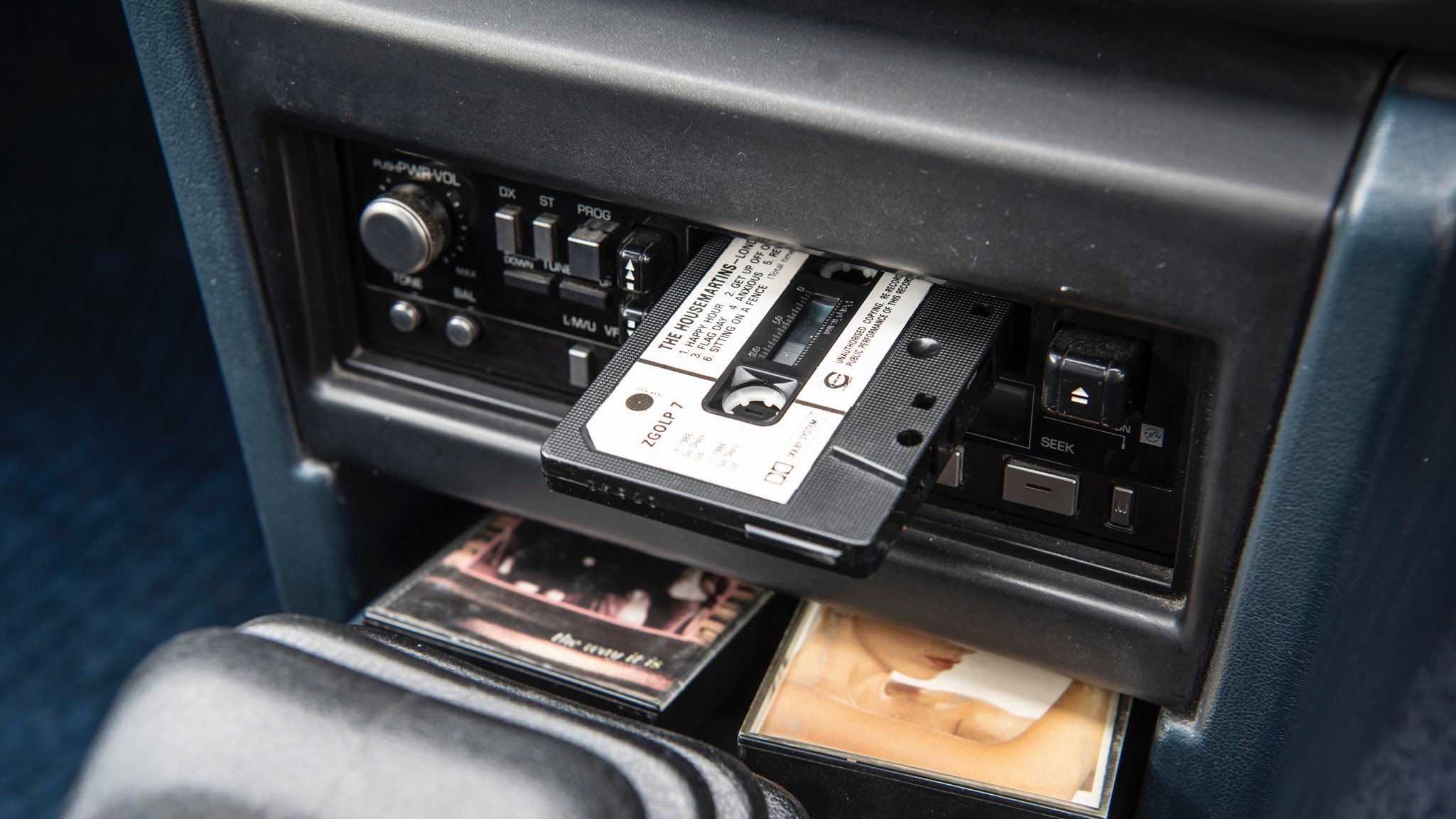► Legendary AE86 reviewed
► The car that inspired the GT86 and GR86
► We see what all the fuss is about
It’s easy to dismiss anything with a Corolla badge on the back as an automotive white good. You know it’ll be endlessly reliable, thoroughly sensible and cost buttons to run, but excitement? I don’t think so. However, the Toyota Corolla GT Twin Cam 16 isn’t your average Corolla, it’s a cult classic that’s something far more special.
If the discreet, two-tone car at the top of this page looks kind of familiar, you might know it by one of a few other names. In the UK it was always Corolla GT, not to be confused with the very different front-drive Corolla GTi, in the USA it was the Corolla Sport, while in Japan it was the Corolla Levin and Sprinter Trueno. To those in the know it’ll always be a Hachi-Roku.
Hachi what?
Meaning eight six in Japanese, it’s an abbreviation of this car’s chassis code, AE86. The basic ingredients are quite simple, MacPherson struts up front and a live rear axle out back with an LSD hanging by coils and a multi-link setup. This was an oddity at a time when every other Corolla had gone front-wheel drive, making it a tempting choice for motorsport.
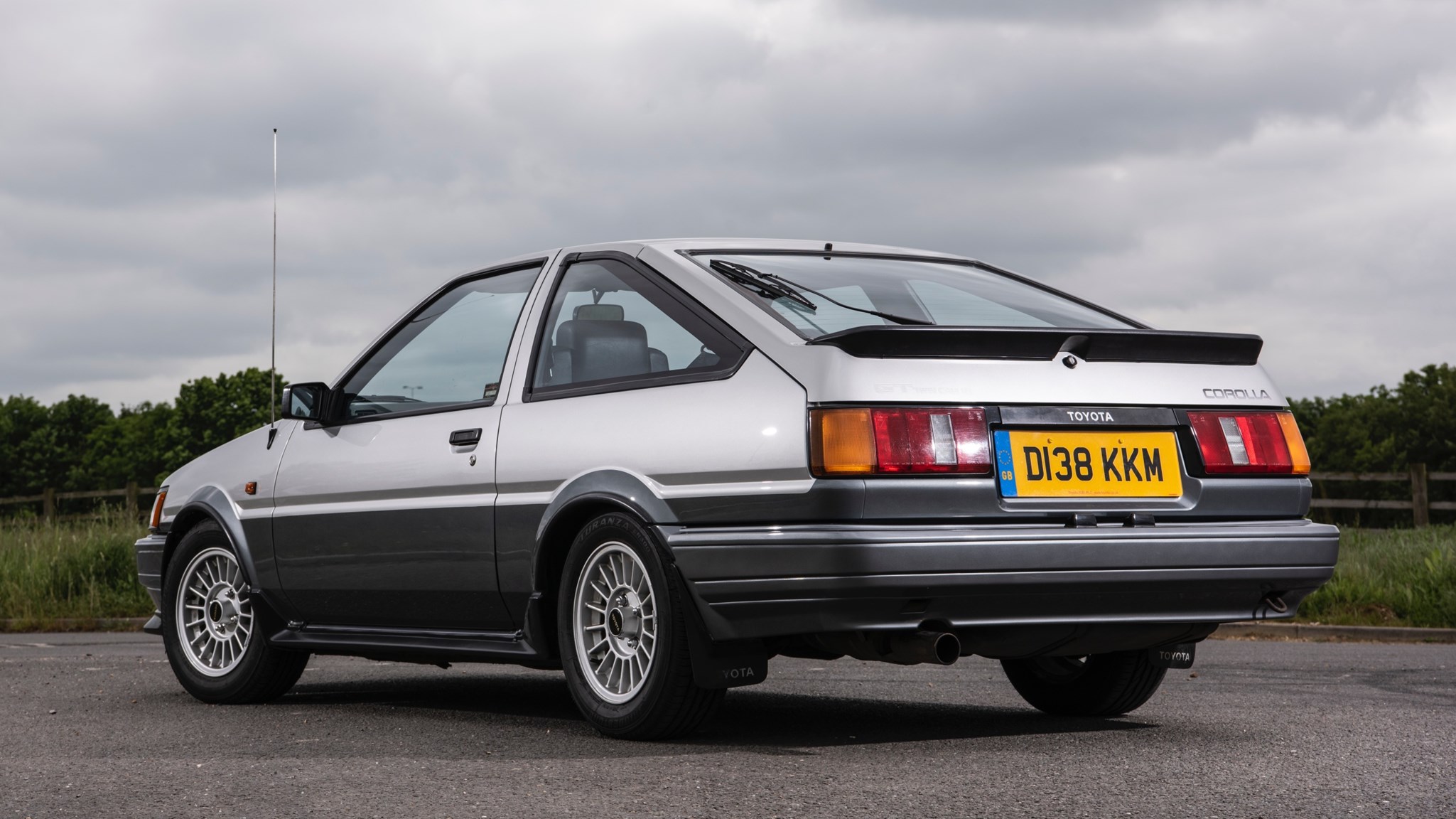
But it’s the engine that really got mouths watering. The 4A-GE is a fuel injected 1.6-litre twin cam with 16 valves and the most voracious appetite for revs. At launch in 1983, this engine produced 128bhp at 6600rpm with a redline approaching 8000rpm. It’s this engine’s potential that helped carve out a career in touring cars, rallying and of course drifting.
It also happens to be one of the finest sounding four-pots ever created. Admittedly, Toyota’s pristine 45,000-mile example has a cone filter, bunch of bananas exhaust manifold and a truly anti-social exhaust to bring out its best, though. Even a few days after handing the keys back, I still get goosepimples just thinking about the induction roar.
It is just a Corolla, you know…
Ah yes, this is where the cult classic bit comes in. Although I remember lusting after one for sale on my way to school in the mid-90s (a late car like this one, although in black over silver), it wasn’t until I was introduced to drifting and a cartoon called Initial D that my obsession really took over.
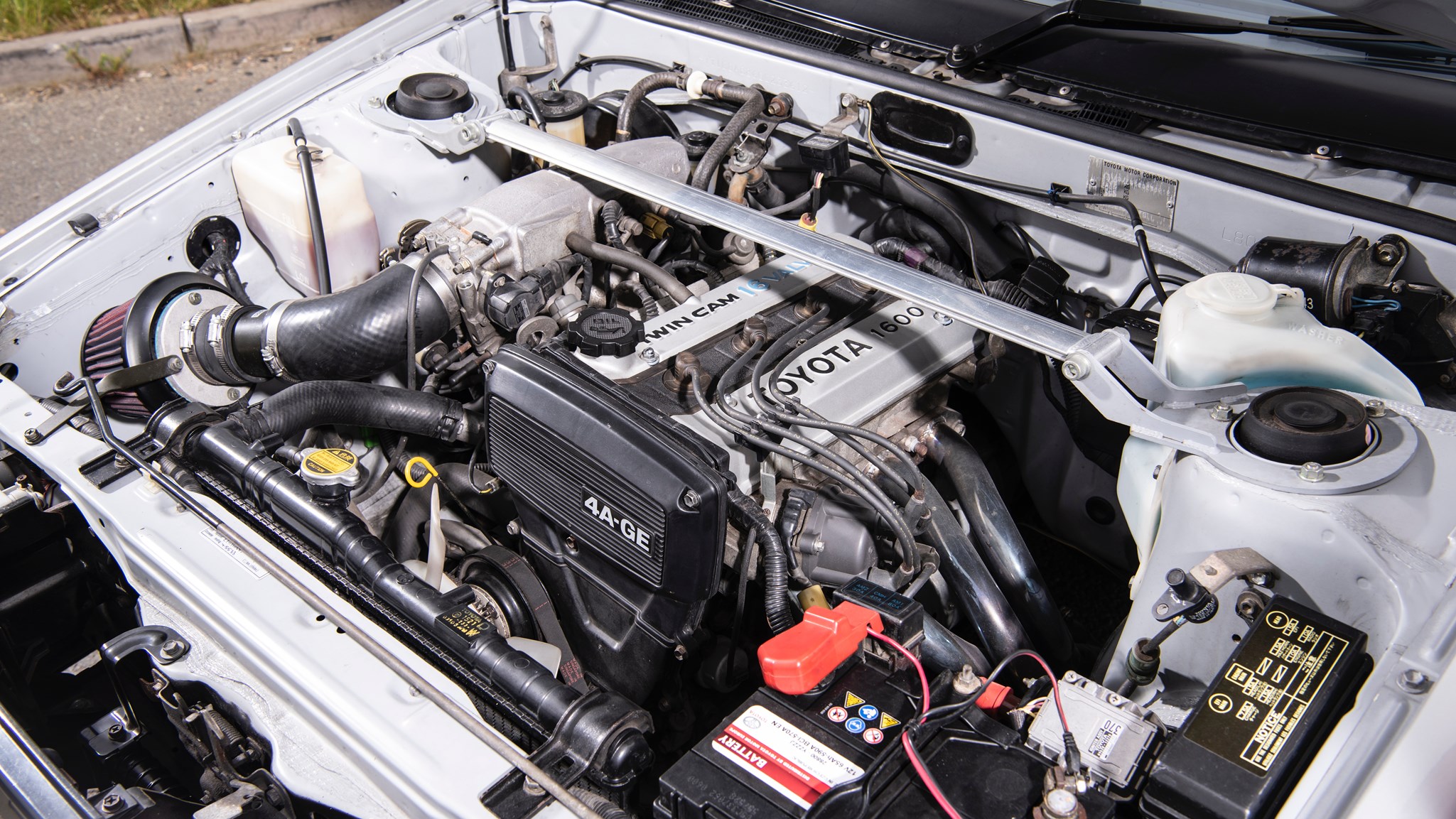
It’s something I’ve watched countless times over the years, yet it never gets old. The combination of 90s JDM cars, fantastic race sequences set on Japanese mountain passes and the best sounding AE86 piloted by someone my age captured my imagination like nothing else. Even now, I still find myself sticking Eurobeat on the stereo any time I’m in a hurry. If you haven’t already scurried off to YouTube, make it the first thing you do once you’ve finished reading.
Sadly, like the E30 3 Series, Nissan 200SX and Toyota Supra, it’s become far too desirable for my meagre budget. Instead of the £1500 bit of obsolescence I walked past all those years ago, a good one can cost well in excess of £20,000. Sure, it’s not crazy Cosworth money, but motoring journalism is not a good way to gain wealth.
Primed for disappointment
As much as I’ve put the AE86 on a pedestal for all these years, I am a realist. After all, how good can a car celebrating its 40th birthday really be? Yes, the engine was clever for the early 80s, but 128bhp is nothing these days while a live rear axle is best left to commercial vehicles, surely? Only one way to find out.
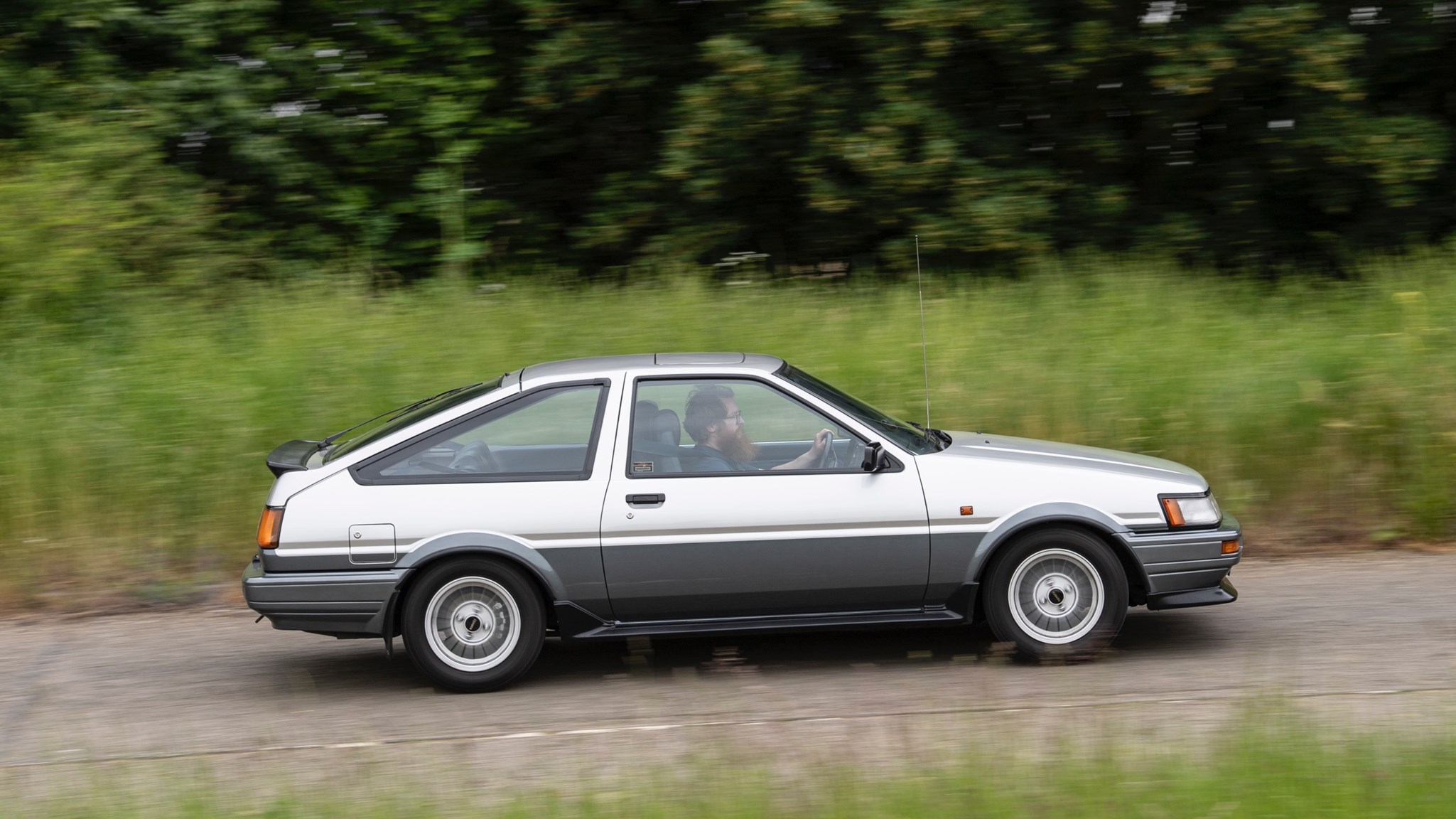
Approaching the diminutive coupe, I can’t help but get butterflies. It’s a simple shape augmented by a small rubber lip spoiler on the boot, a subtle bodykit, some tasty but tiny alloy wheels and the sizable cannon of an exhaust. After grappling with the aftermarket immobiliser and alarm – it only goes off three times which I’ll call a win – the slim key finally wakes the 4A-GE with a familiar rasp. Don’t get too excited, Alan…
Palming the long gearlever into first reveals a delightfully mechanical action with a surprisingly short throw, while pulling away is as stress-free as you’d expect from something with Corolla written on it. Despite lowered suspension it rides the speed bumps on the way out of the office carpark with a suppleness you just don’t get in modern stuff, while the thin pillars and huge greenhouse make it easy to place.
Feels like home
Instantly comfortable in my blue velour surroundings and with the engine already warmed through from the delivery driver, it’s time to see what the fuss is all about. Entering a dual carriageway I slot second and clog it, watching the revs wind round before the induction bark hardens at around 3500rpm. I keep my foot in it and let the needle go past 4,000, 5,000, 6,000 and then 7,000, the smile on my face growing ever wider as the noise intensifies.
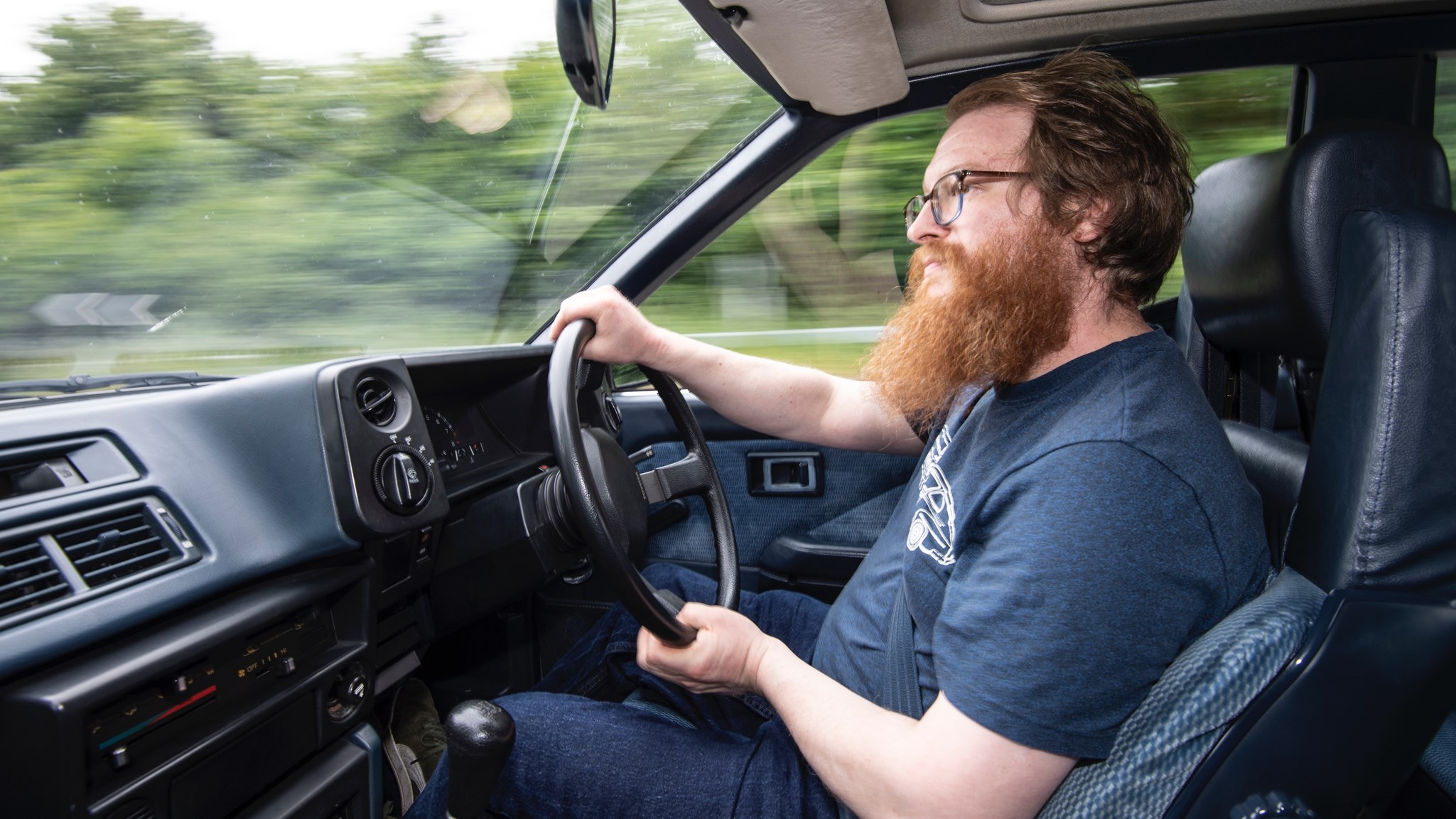
Snatching third I’m all ready to do it again, something you can do without too much fear thanks to short gearing and relatively modest performance. The on-paper acceleration of 0-62mph in 8.3sec may not sound like much, but it feels more than brisk enough to enjoy yourself.
Slowing down for a bend it seems rude not to attempt a bit of heel and toe. Even for my tiny feet, the pedals are perfectly placed to deliver a stab of throttle as I lean on the brakes and slot a lower gear. I’m no expert, but the AE86 is proving to be ridiculously flattering as the cog engages perfectly. Maybe this is as good as I’d been hoping.
Believe the hype
The unassisted steering that made manoeuvring a bit of a workout just feels perfect at speed. It’s not particularly quick, but the granular feedback and pleasing precision more than makes up for it, keying you into the front tyres’ every move. My concerns about the lack of ABS or any other electronic nannies soon dissipate and I can’t help but push a little harder.
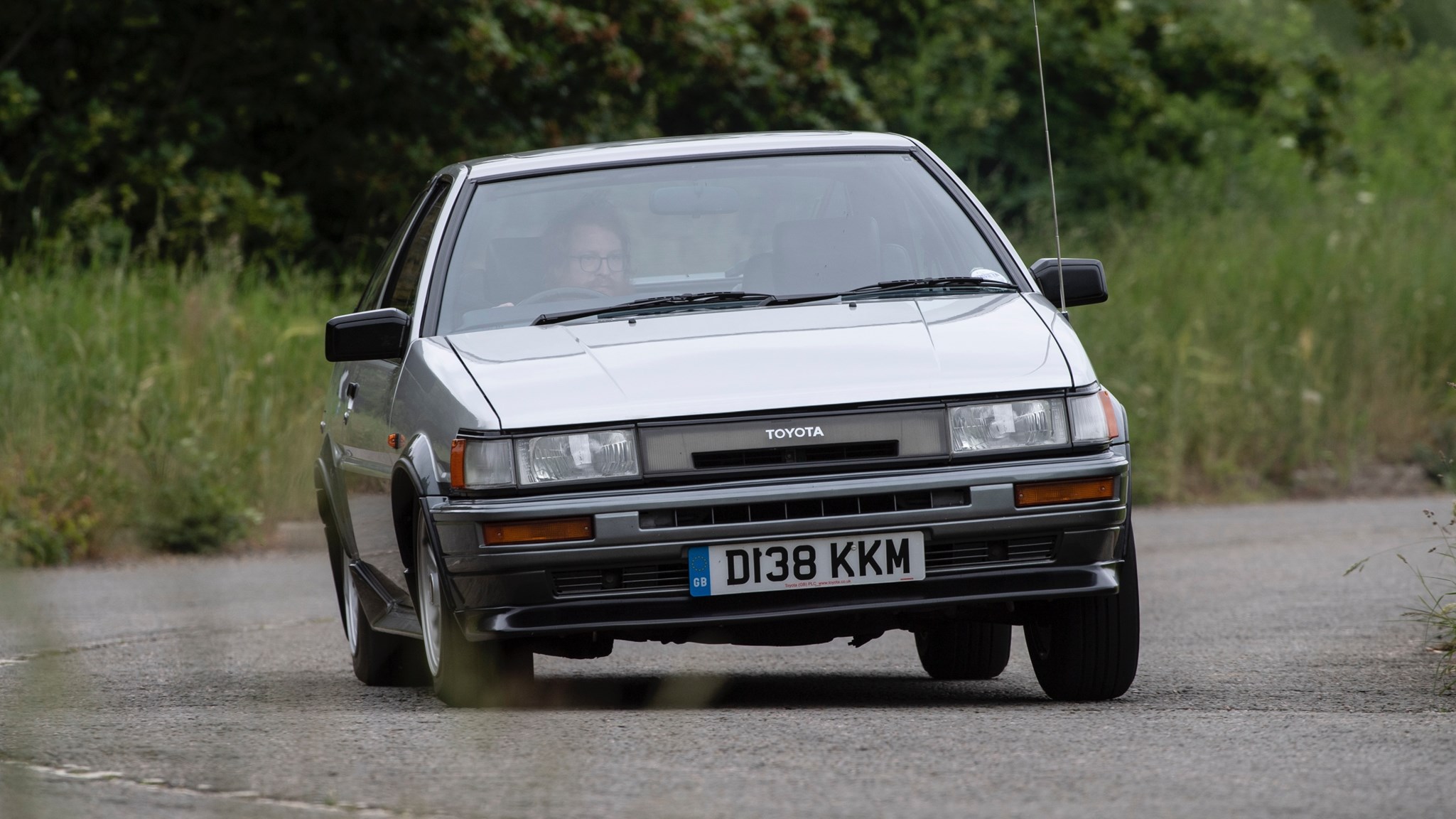
A no drifting policy on this increasingly rare and valuable car is entirely understandable, but nobody seems to have told the AE86. Accelerating through a long, sweeping bend the rear axle edges oh-so-slightly wide, 4A-GE screaming at me to keep it pinned. There’s no opposite lock, no squealing tyres and no smoke show, but the front wheels are straight and we’re still cornering on the exact line I had in mind. I. Am. Hooked.
With my right foot chastised, I start to concentrate on corner entry. All-round discs aren’t even a given on a 21st century EV, yet here there are on a cheap 80s coupe. They look tiny, but they’re hauling up a car that weighs comfortably less than a tonne, proving more than up to the task. Brake deep into the corner and you feel the nose bite while the tail starts to gently rotate once again. Whoops.
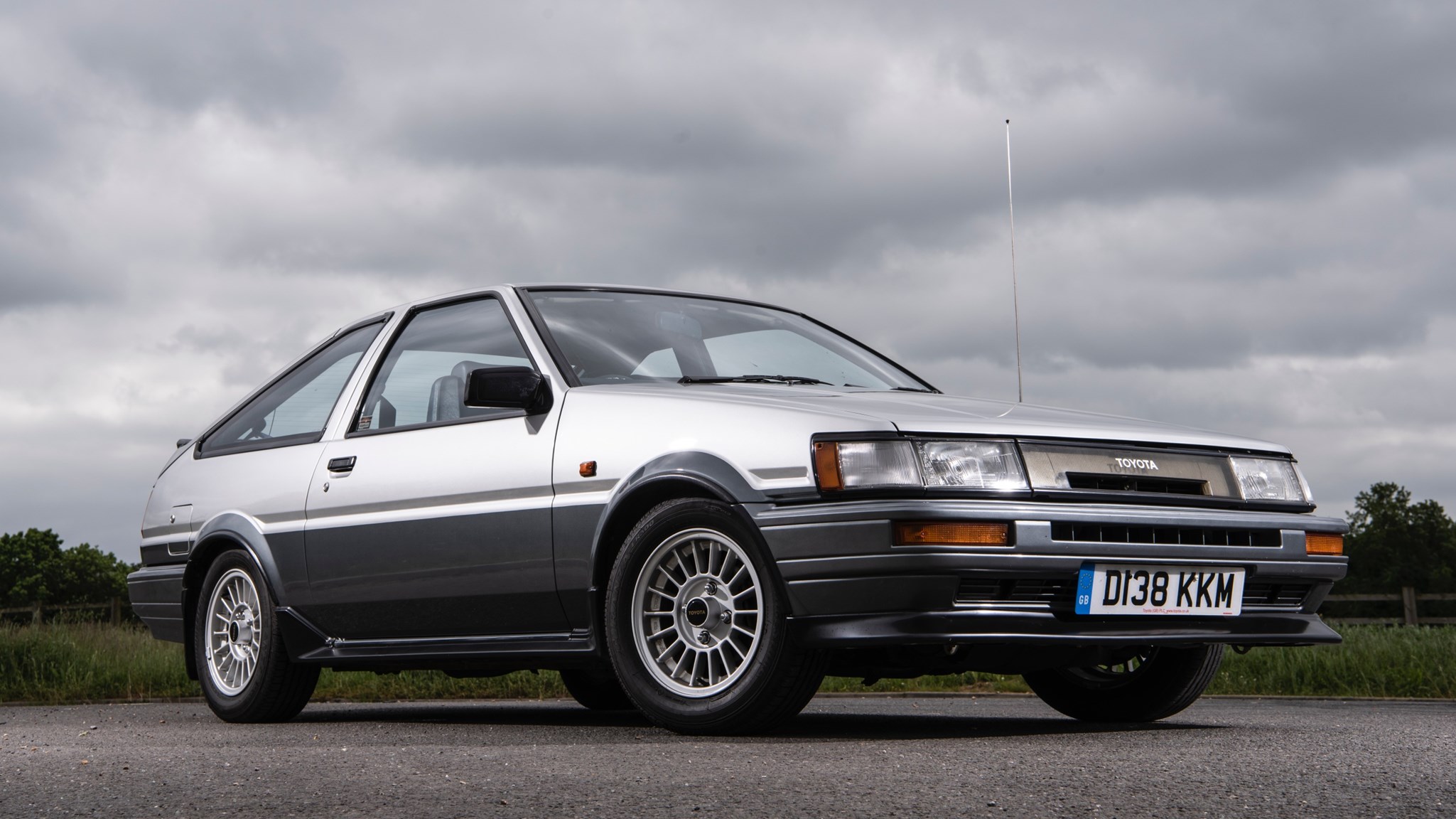
My future relationship with Toyota UK prevents me from exploring further, but the inherent balance of the car’s chassis is clear to see. No wonder it chalked up two championship victories in the 1986 and 1987 BTCC, the 1986 ETCC manufacturer’s title.
1986 Toyota Corolla GT: Verdict
Of course, it’s not perfect. The live axle isn’t a huge fan of mid-corner bumps, and the non-adjustable steering wheel is aimed far too low for my liking. It’s also at least two sizes two big and made from plastic that turns slick as soon as they’re the tiniest bit of moisture on your hands.
Even so, this has been one of the automotive highlights of my year, possibly career. To find out a car that I’d put on such a pedestal for so long is every bit as good as I’d hoped and then some makes me incredibly happy, but also rather sad that I’ve missed the boat on them. Now, who wants to buy a kidney?
